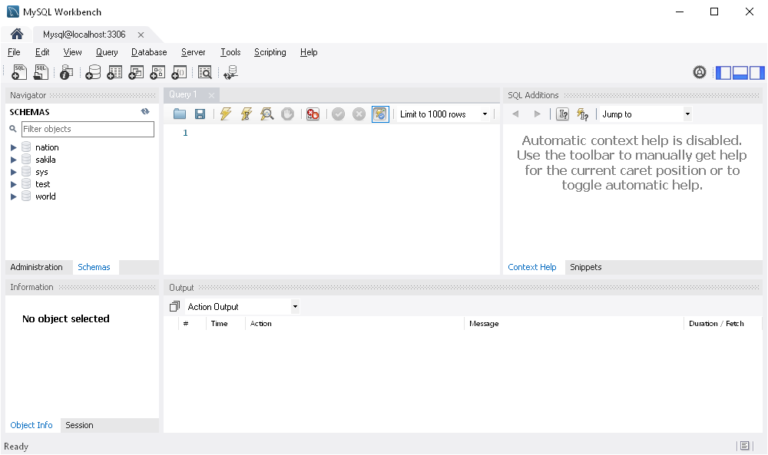

Now, you should be able to run MySQL by typing mysql everywhere from the terminal. This guide will also work on macOS … Try the command FLUSH PRIVILEGES when you log into the MySQL terminal. 7 brew link -force Partners Work with a partner to get up and running in the cloud, or become a partner. Here is the My employer produces a simple, proof-of-concept HTML5-based SQL client which can be used against any ODBC data source on the web-browser host machine, through the HTML5 WebDB-to-ODBC Bridge we also produce.
#Mamp not connecting to mysql server password
Click on New Server button then navigate to authentication tab and enter the ROOT PASSWORD & click apply button. In your case, it appears that your MySQL installation directory is your data directory. Replace the password with the password that you want to use. 11? Should I take certain steps to uninstall 5. You can also use the CHECK TABLE and REPAIR TABLE statements to check and repair MyISAM tables. I've gone to system preferences and started the mysql server, then launched terminal and typed this: /usr/local/mysql/bin/mysql -version which should return the version. Compile your C script: gcc -o mysql connect_to_my_sql. On Unix, you can also disconnect by pressing Control+D.

For information on establishing connections using URI-like connection strings or key-value pairs, for clients such as MySQL Shell, see Section 4. Change location to the top-level directory of your MySQL installation, which is typically /usr/local/mysql (adjust the path name for your system as necessary): cd /usr/local/mysql. To change the password for a root account with a different host name part, modify the instructions to use that host name. It is named according to the version of MySQL you have 3 Answers. Here is the procedure to reset password of root user. Then when I start it again, it will repeatedly stop and start itself every few seconds or so. A Finder window appears with the log file selected. For legal information, see the Legal Notices. I solved this by doing the following: First uninstall mysql. The ProgramArguments section defines the command line options that are passed into the program, which is the mysqld binary in this case.


 0 kommentar(er)
0 kommentar(er)
